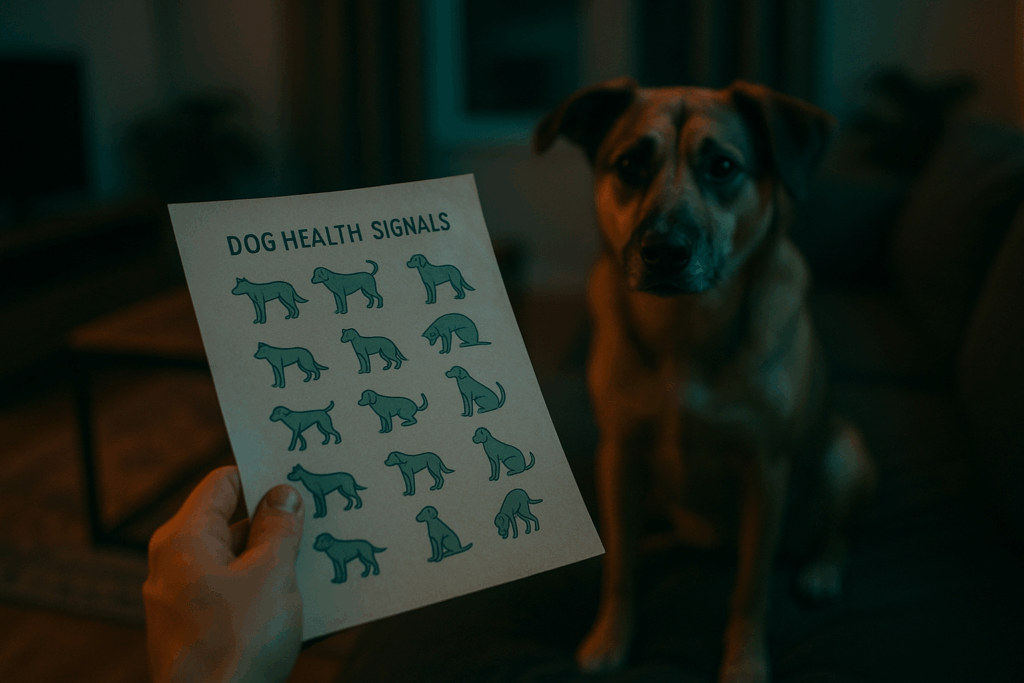Why Paying Attention Matters
Pets don’t complain. That’s part of their charm—and part of the problem. Cats and dogs are wired to hide pain and keep functioning, even when something’s off. By the time a symptom is obvious, the problem might already be serious. Waiting it out or brushing off small changes can cost you more than just a few extra vet bills. It could cost your pet their quality of life.
Early detection makes a difference. Catching something like kidney disease, diabetes, or even dental issues early means simpler treatments, faster recovery, and a less stressed-out animal. Regular checks at home—tracking appetite, bowel habits, energy levels—help you spot patterns before a crisis hits.
Being proactive beats being reactive, every time. The vets don’t need to convince you of that—it’s common sense. If something feels off, trust that instinct. Paying attention now means fewer hard decisions later.
Subtle Signs That Deserve a Second Look
Not every health issue shows up with drama. Some of the most serious problems start with quiet changes—ones that are easy to write off if you’re not paying attention.
Start with their bowl. Is your pet eating less? Drinking more? Even small changes in appetite or water habits can signal something off, from kidney trouble to diabetes. Don’t assume they’re just being picky or adjusting to the weather.
Weight changes are another red flag. If you notice sudden weight loss or gain and nothing’s changed in their routine, it’s worth digging into. Rapid shifts aren’t usually just about treats or skipped meals—they often point to deeper issues like thyroid imbalance or digestive problems.
Then there’s energy. Some pets nap a lot, sure—but if your usually-playful dog won’t get off the couch, or your spirited cat just wants to sleep under the bed all day, it’s time to question what’s going on. Lethargy usually means discomfort, illness, or both.
Finally, notice the social stuff. A cat that suddenly starts hiding more than usual, or a dog that’s extra clingy, isn’t just being moody. These shifts often reflect pain, anxiety, or early signs of illness. It’s behavior talking—listen close.
Obvious But Overlooked Symptoms
Some symptoms scream for attention—but they’re often brushed off as “just a bug” or chalked up to age. Here’s why you shouldn’t let these go unchecked.
Vomiting or diarrhea that lasts more than 24 hours isn’t normal for pets. It’s easy to assume they ate something weird or are just having an off day, but prolonged digestive issues can point to infections, parasites, pancreatitis, or underlying organ problems. If it continues past a day or is paired with lethargy, don’t wait—make the call to your vet.
Persistent coughing, sneezing, or labored breathing usually signals more than allergies. Dogs and cats don’t just “catch colds.” These signs may indicate respiratory infections, heart issues, or even something lodged in the airways. In short: if your pet’s breathing isn’t smooth and quiet, it’s time to investigate.
Limping or favoring a limb might not seem like an emergency—but chronic limping can suggest torn ligaments, joint issues, or nerve damage. Active pets often mask pain until it gets worse. If you notice your pet adjusting the way they walk or avoiding stairs, it’s worth getting checked.
Bad breath is an easy one to ignore, but it shouldn’t be. Dental disease doesn’t just affect your pet’s mouth—it can lead to infections that impact the heart, liver, and kidneys. If your dog or cat’s breath knocks you back, don’t reach for a mint—book a dental exam instead.
Behavior Changes That Signal Trouble
When a normally sweet pet starts biting or suddenly hides under the bed at the sound of your voice, something’s up. Increased aggression or unexplained fearfulness isn’t just bad behavior—it might be pain, stress, or a neurological issue talking back. It’s your job to figure out the cause, not just correct the reaction.
Restlessness or constant pacing can be a red flag, too. Especially if it’s happening during times your pet used to be calm—like at night or after meals. This kind of shift often points to discomfort or anxiety and shouldn’t be brushed off.
Then there’s excessive grooming or licking one specific spot. Sure, animals groom, but when they won’t leave one area alone, it’s likely an injury, itch, or infection. You may not see anything on the surface, but beneath the fur, something’s bothering them—and it won’t fix itself.
Finally, if your pet loses interest in play or avoids people altogether, pay attention. A change in social behavior, especially in an otherwise friendly cat or dog, is often a silent SOS. Mental or physical pain can both cause withdrawal, and the sooner you catch it, the better.
When to See the Vet Immediately
Some symptoms aren’t up for debate—they mean get in the car and go. If your pet has a seizure or suddenly faints, it’s not something to watch and wait. Even if they seem to recover quickly, underlying causes like neurological issues, heart problems, or poisoning could be in play.
Trouble urinating or defecating is another red flag. Straining with no result, whining in the litter box, or pacing near the door without relief—these can point to blockages or infections. In male cats especially, urinary blockages can become fatal fast.
A swollen abdomen or signs of visible pain—flinching when touched, refusal to lie down, labored breathing—can indicate internal bleeding, bloat, or organ issues. Don’t try to guess. These cases almost always need fast intervention.
Last, uncontrolled bleeding. Whether it’s a deep cut, bleeding from the mouth, nose, or rear, or even a torn nail that won’t stop dripping—it’s time for the vet. Blood loss adds up fast, and infection risk is real.
Bottom line: if your gut says something’s wrong, you’re probably right. Don’t wait for things to get worse.
Everyday Prevention Tips
Pet health isn’t just about reacting when something goes wrong—it’s about building a routine that keeps problems from starting. A simple health journal can go a long way. Jot down things like appetite changes, weight, mood, or how much they’re drinking. Patterns emerge over time, and those patterns help vets catch issues early.
Then there’s the check-up. Even if your pet seems perfectly fine, don’t skip the vet visits. Annual exams—twice a year for older animals—can catch silent issues before they turn serious. Prevention is cheaper than emergency treatment, and a lot less stressful.
Feed them properly. That means food suited to their age, size, and health, and watching the weight. Obesity creeps up quietly and drags a bunch of problems with it—joint pain, diabetes, reduced quality of life. Skip the snacks; stick to what fuels them well.
And don’t forget the mind. Dogs need exercise, toys, and interaction. Cats need hiding spots, vertical space, and a sense of territory. A safe and stimulating environment does more than make them happy—it keeps them balanced. Want ideas? Check out Creating a Safe and Stimulating Environment for Your Pet.
Final Thoughts
Trust Your Instincts
As a pet owner, you are uniquely attuned to your animal’s rhythms, mood, and behavior. When something feels “off,” it often is. Don’t dismiss your gut feeling—intuition plays a powerful role in catching health issues early.
- You see your pet daily and notice subtle changes others may miss
- Early action is better than waiting for a full-blown emergency
- Behavioral shifts, even small ones, can be the first signs of a larger issue
Make Health a Daily Habit
Don’t wait for illness to think about your pet’s well-being. Healthy pets thrive when good habits are formed and maintained consistently.
- Invest time in proper diet, play, and check-ups
- Keep routines predictable to reduce stress
- Watch for patterns and track your pet’s health in a journal
Prevention Starts With You
Good health isn’t accidental—it’s a result of continuous care, observation, and responsible decision-making. By prioritizing your pet’s wellness every day, you not only extend their life but also improve the quality of the time you spend together.
- Small, consistent efforts build long-term health
- Staying informed helps you make better care choices
- Prevention reduces both suffering and costly treatments


 Donaldonic Ridge played a key role in shaping Pet Hub Loop, contributing his expertise and dedication to building a reliable platform for pet owners. His efforts in research and content development helped ensure the site delivers accurate, engaging, and useful information for the community.
Donaldonic Ridge played a key role in shaping Pet Hub Loop, contributing his expertise and dedication to building a reliable platform for pet owners. His efforts in research and content development helped ensure the site delivers accurate, engaging, and useful information for the community.